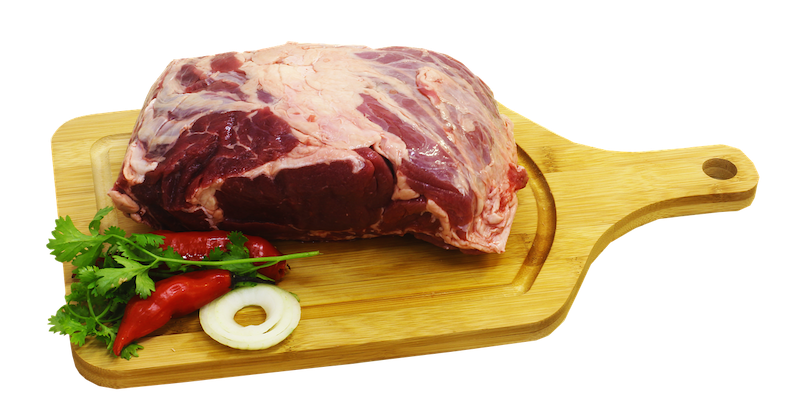Buying and storing pre-packed beef
Refrigerated road freight is our speciality – we make sure your produce and goods get delivered on time and in the best of condition. As you know we ship a variety of different produce and goods each with their own storage and handling requirements. In this post, we take a closer look at a frequently shipped meat, beef, and share tips on how you can make sure you’re getting the best cuts and keeping them fresh.
Shopping for meat
When you head to the supermarket, get all your non-perishable foods first and make sure to save purchasing your meats last. We recommend using an insulated shopping bag (especially in hot weather) to keep your meat cold, and if you’re travelling for over 30 minutes, place the meat in an insulated cooler box for the trip home.
What to look for when buying pre-packed beef
- Make sure the packaging isn’t damaged. Make sure that the package does not contain excessive liquid, which can be an indication of temperature abuse or excessive storage. For vacuum-packaged products, be sure that the seal has not been broken and that the package is not leaking.
- Feel or touch the packaging to determine if it’s well chilled. Meat products should feel cold to the touch. Do not purchase products that feel warm, as this indicates that the product has not been stored at the proper temperature.
- Always check the ‘best before’ / ‘used by’ dates. Meat can still look, smell and even taste okay after this date but it’s better to eat it within the suggested time.
- Avoid meat if it’s discoloured, looks slim and gives off an “off” smelling odour
Refrigeration Tips
- Unlike when you freeze meat, it’s best to take meat out of its plastic wrapping when storing it in the fridge. Plastic makes meat sweat. If you intend to cook your beef the day it’s purchased then there isn’t any need to take it out of the plastic wrap. But, if you want store the meat for longer, meat should be transferred to a non-plastic dish and covered with foil or loosely covered with plastic to allow some airflow.
- Raw beef generally can be refrigerated 1 to 2 days; Raw roasts and steaks can be refrigerate 3 to 5 days; and cooked beef can be stored in the fridge 3 to 4 days.
- Place your beef in the meat compartment or on the bottom shelf to ensure there isn’t any drip onto other foods. Remember, never put raw and cooked meat together in the same compartment of the fridge; and always cover cooked and ready-to-eat food.
Freezing Tips
If you wish to freeze your beef, take note that after a certain period of time, frozen food starts to dry out, so the smaller the item of food, the faster the effect. For example, it’s recommended to freeze minced beef for up to 3 months, and roasts up to 6 months. Beyond this time, the meat will be safe to eat but usually quite dry.
Refreezing defrosted meat isn’t recommended unless it is cooked first. The quality suffers each time frozen meat is defrosted and refrozen. Freezing creates ice crystals within the structure of the meat, which contains a high percentage of water. These ice crystals rupture the fibre, which causes the meat to bleed when defrosted. If repeated, the texture of the meat will be dry. There can also be microbial risks as a result of refreezing meat without cooking it first.
